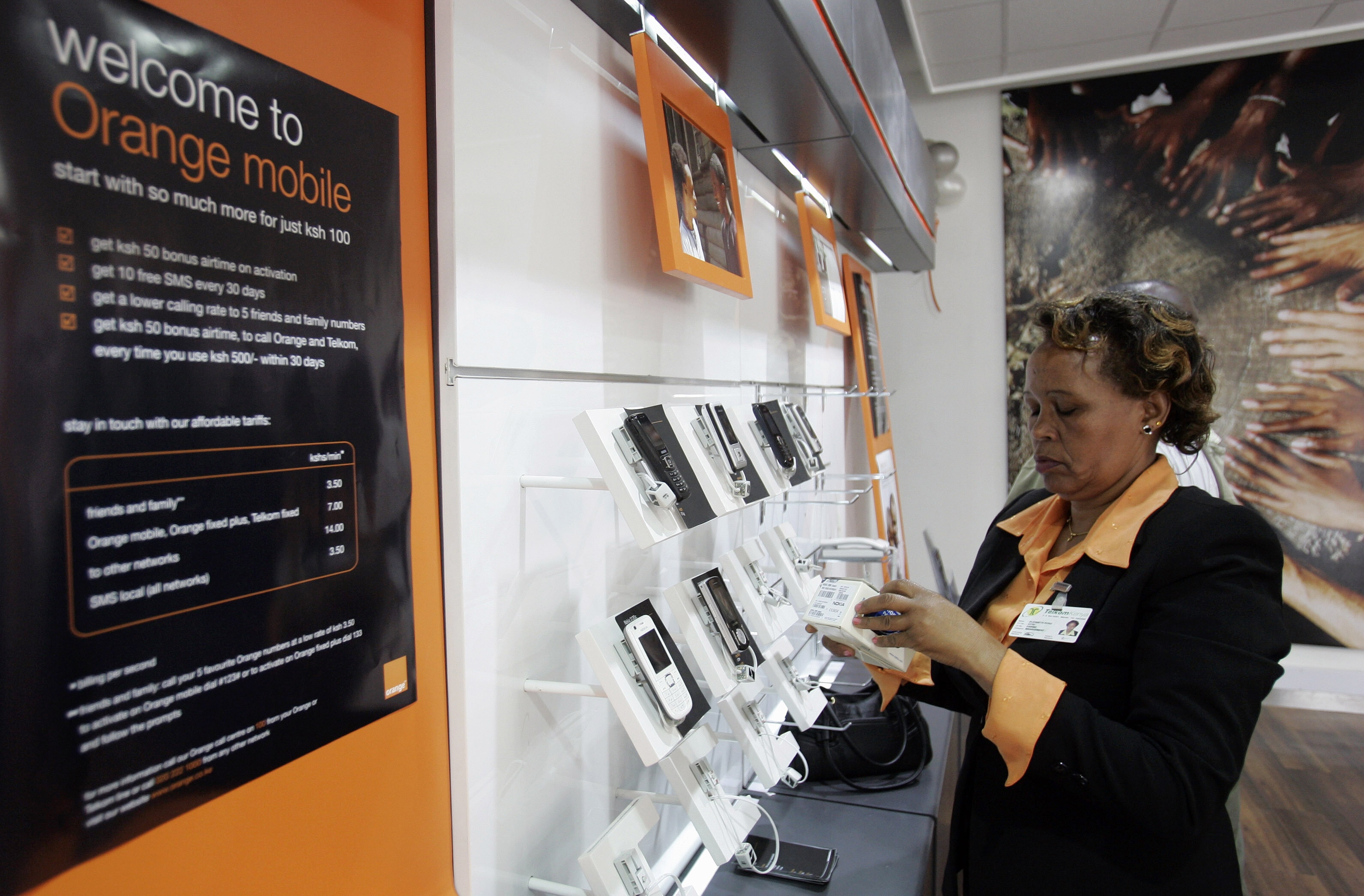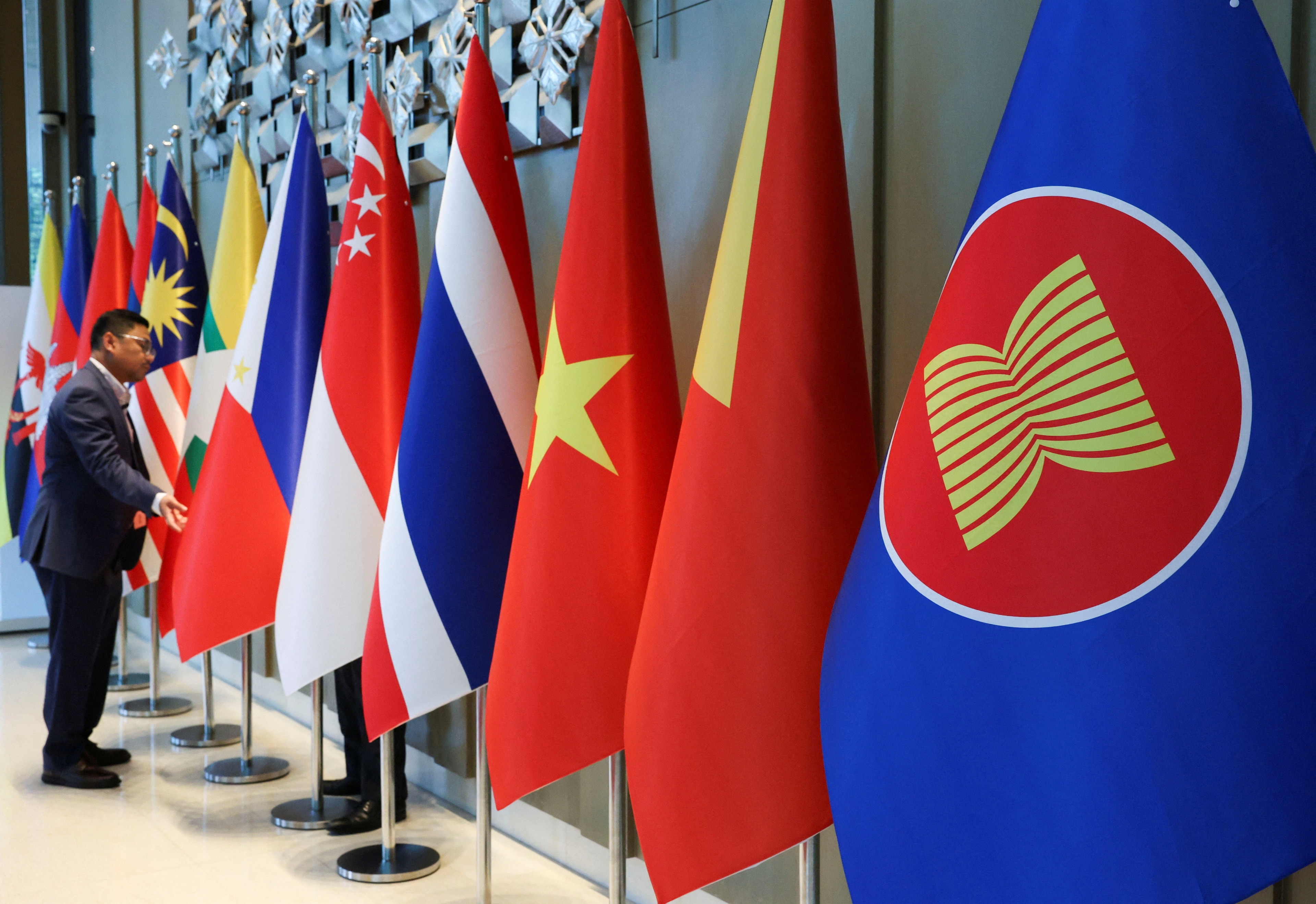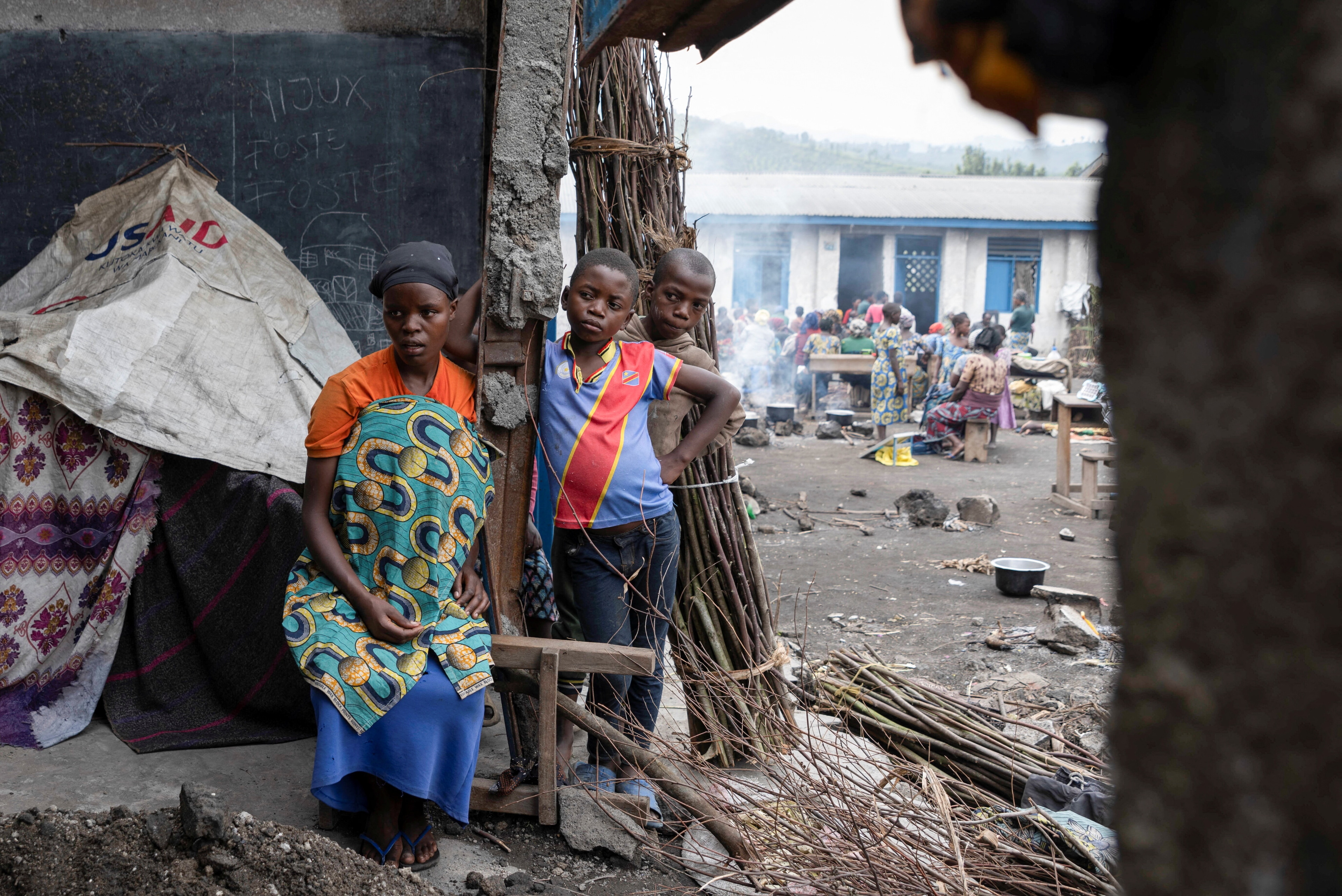The world needs wind energy — here's how to ramp up production in 2023

Wind energy production is expected to nearly double by 2027. Image: Siemens Gamesa Renewable Energy
Listen to the article
- The International Energy Agency (IEA) expects renewables to grow at an unprecedented rate until 2027.
- But obstacles for manufacturers, particularly of wind turbines, threaten to undermine this progress.
- Industry players need a swift update of the regulatory environment.
There is a great deal of uncertainty about the coming year. The severity of the combined crises facing the world is matched only by their complexities.
The implications of the COVID-19 pandemic and Russia’s war on Ukraine, climate-related weather extremes, geopolitical fallout and geo-economic turbulence and inflation are conflating. It is all but certain that “permacrisis” — the “word of 2022” according to Collins English Dictionary — is what 2023 holds in store as well.
But there is a silver lining. As the world embarks on transforming its energy systems, a new path can open up — one that leads away from day-to-day crisis management and toward a new era of sustainable economic opportunity.
Wind energy and the global energy transition
While nearly all previous energy shifts went from one fossil fuel to another, the energy transition of the 21st century can leave the fossil-fueled era behind. It can lead to renewable territory where more growth creates more jobs and doesn’t come at the expense of our planet.
Whether it’s the Inflation Reduction Act in the United States, the REPowerEU Plan in Europe or the 14th Five-Year Plan in China, as far as government initiatives go, major parts of the world are unleashing the most rapid expansion of renewable energy generation to date.
The International Energy Agency (IEA) expects renewables to grow at an unprecedented rate until 2027. As a result of the global energy crisis, the IEA predicts that “the world [is] set to add as much renewable energy in the next five years as it did in the past twenty.” This, of course, is good news.
It’s also good news that, according to the IEA, global wind energy capacity is expected to almost double until 2027. But this expectation comes with one major hurdle: the framework conditions of both the past and the present.
Manufacturers of wind turbines, in particular, are hampered by policies that undermine the possibility of a sustainable business model.
Framework conditions undermine wind manufacturers
The damage was done years ago. Long-term permit-granting processes have resulted in a mismatch between the targeted renewable volumes and reality.
In Germany, for example, the market size for onshore wind has massively declined since 2017. Little or no offshore capacity has been added in recent years. As a consequence, suppliers have gone out of business, skilled people have moved to other industries and many thousands of jobs have been lost.
Across Europe, a cumulative 80 gigawatts (GW) in wind energy projects are currently stuck in different permitting stages — compare that with the 190 GWs in operation and the magnitude of this issue becomes clear. These additional GWs could have helped to mitigate the European energy crisis.
What's the World Economic Forum doing about the transition to clean energy?
With this in mind, it would be reasonable to assume that the “unprecedented momentum behind renewables” suggested by the IEA would go hand in glove with updated frameworks, namely: auctioning that includes qualitative criteria; concrete plans for grid expansions; simplified and accelerated permitting; transparent market volumes to close the gap between political ambitions and actual installation permits. But that is simply not the case, and we are only a few years away from the projected, unparalleled installation additions that equipment manufacturers have to prepare for today.
At present, manufacturers do not receive the orders that would trigger the necessary massive investment that the entire wind industry needs. This includes investment for the suppliers of key components and raw materials, port infrastructure, as well as the entire value chain. Despite the installation targets by governments, planning certainty does not exist at the beginning of 2023.
In other words: while the entire wind energy industry needs to be investing now to meet the ambitious installation targets, manufacturers — especially those with state-of-the-art turbine technologies — are struggling financially.
Since 2021, wind-turbine manufacturers Vestas in Denmark, General Electric in the United States, Nordex in Germany and Siemens Gamesa in Spain have made cumulative losses of €5.6 billion. In 2023, wind manufacturers will continue to deal with soaring energy, commodity and transport prices. Supply-chain disruptions are only made worse by Russia’s war of aggression against Ukraine.
Aligning policies for an effective wind energy supply chain
Framework conditions are defined by people. It is within our power to change them. If we want to reach the IEA’s estimates for wind energy by 2027 and beyond, we need wind turbines, both onshore and offshore — and we need the right conditions for the entire supply chain now, in 2023. These conditions include:
- Auction designs with qualitative criteria beyond pricing;
- Concrete plans for grid expansions;
- Simplified and accelerated permitting that applies to both new and pending projects;
- Transparent and stable long-term market volumes to finally close the gap between political ambitions and actual installation permits;
- Global trade agreements that secure raw materials at fair prices;
- Collaboration between countries and regions;
- Scale-up funding to enable new manufacturing capabilities and technological development.
The wind industry is of immense strategic importance. It is indispensable if we want to curb climate change and enable a new era of sustainable economic growth.
We need to rapidly expand wind energy, to contribute to a future that moves beyond “permacrisis” — one that leaves behind the stable, healthy and prosperous planet that future generations deserve.
Don't miss any update on this topic
Create a free account and access your personalized content collection with our latest publications and analyses.
License and Republishing
World Economic Forum articles may be republished in accordance with the Creative Commons Attribution-NonCommercial-NoDerivatives 4.0 International Public License, and in accordance with our Terms of Use.
The views expressed in this article are those of the author alone and not the World Economic Forum.
Stay up to date:
SDG 07: Affordable and Clean Energy
Forum Stories newsletter
Bringing you weekly curated insights and analysis on the global issues that matter.
More on Global CooperationSee all
Anthony Cano Moncada
July 23, 2025







